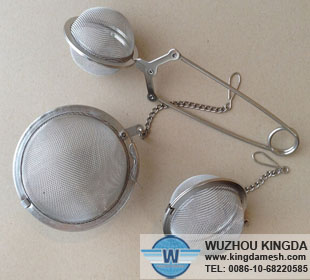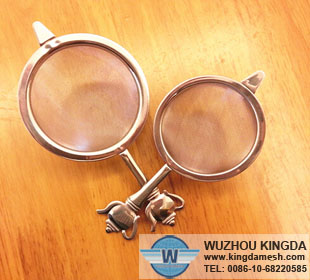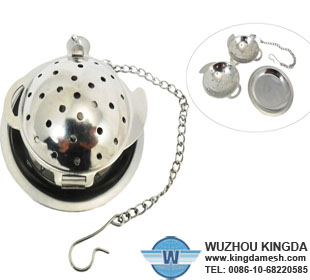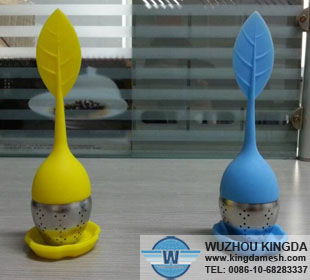What Is the Best Way to Brew Tea
The best way to brew tea actually varies, depending on the tea in question, but taking the time to brew tea properly in all cases will result in a much better cup of tea. For people who have never found tea very exciting, learning to brew tea and learning about the varieties of teas available might open up an entirely new world. Tea comes in a range of flavors and strengths, and for those who have an opportunity to attend guided tea tastings led at tea shops, these tastings are well worth it.
The starting tools needed to brew tea are all the same, regardless as to what sort of tea is being prepared. Obviously, one needs a kettle for heating the water; many people think that tea tastes better when fresh water is used, rather than water which has been allowed to sit in the kettle. You will also need a tea pot for steeping, along with tea leaves. Tea leaves deliver a more balanced, mellow, complex flavor than tea bags, and they really are preferable if they can be obtained. To keep tea leaves corralled while you brew tea, you can use a tea ball or strainer, or you can prepare the tea in the traditional way, with loose leaves thrown into the pot and a strainer over the cups to catch the tea leaves.
Start by bringing your water to the boil, or close to it, and when the water is almost boiling, pour some into the empty tea pot and swirl it around. This pre-heating will keep the brewed tea warmer longer, and it will also prevent cracking of the teapot. After you've dumped the water out, put the tea leaves in the pot, and get ready to brew. As a general rule of thumb, brew tea with around one teaspoon of tea leaves for every cup; you may have to adjust this ratio for specific teas and to meet your tastes, so don't strive for perfection the first time out.
For green and white teas, you do not want to use boiling water. Instead, you should wait for the water to start to emit steam, and then pour the water over the tea leaves. You can also choose to let the water rise to the boil and then wait for one minute before pouring the water. Green tea should only be steeped for two to three minutes, and no more, or it will start to become very bitter and unpleasant. White tea can be steeped for three to five minutes.
For herbal tisanes, including rooibos, along with black and oolong teas, boiling water should be used. Herbal teas should steep for around 10 minutes, with medicinal teas steeping even longer, for 15-20 minutes, to bring out all of their valuable properties. Rooibos should ideally steep for 20 minutes, although it is drinkable after 10-15. Black tea steeps for three to five minutes, while oolong teas can steep a bit longer, for up to 12 minutes, depending on the variety.
When you brew tea, don't go by color to figure out when it is done, as many teas brew to a quite light color. If you want stronger tea, use more tea leaves, rather than steeping the tea for an extended period of time. Many teas can be steeped again, for people who want to save and re-use their tea leaves, although the second pot of tea may become bitter.







